
Ben Collins tells the little-known story of an all-women's round-robin football competition played at the Lake Oval way back in 1947. Rare vision from the exhibition matches, played to raise funds for the people of war-ravaged Britain, has been remastered and coloured through the AFL's partnership with Samsung QLED 8K.
WANTED: FEMALE FOOTBALLERS.
In June 1947, South Melbourne Football Club advertised for women who'd be keen to play a game at the Swans' Lake Oval headquarters the next month.
As an added benefit, their efforts would raise money for the Red Cross 'Food for Britain' appeal that was delivering desperately-needed resources for a ravaged England, which was still recovering from World War II and was now at the mercy of catastrophic floods.
A crowd of over 20,000 turned up to Lake Oval to watch the game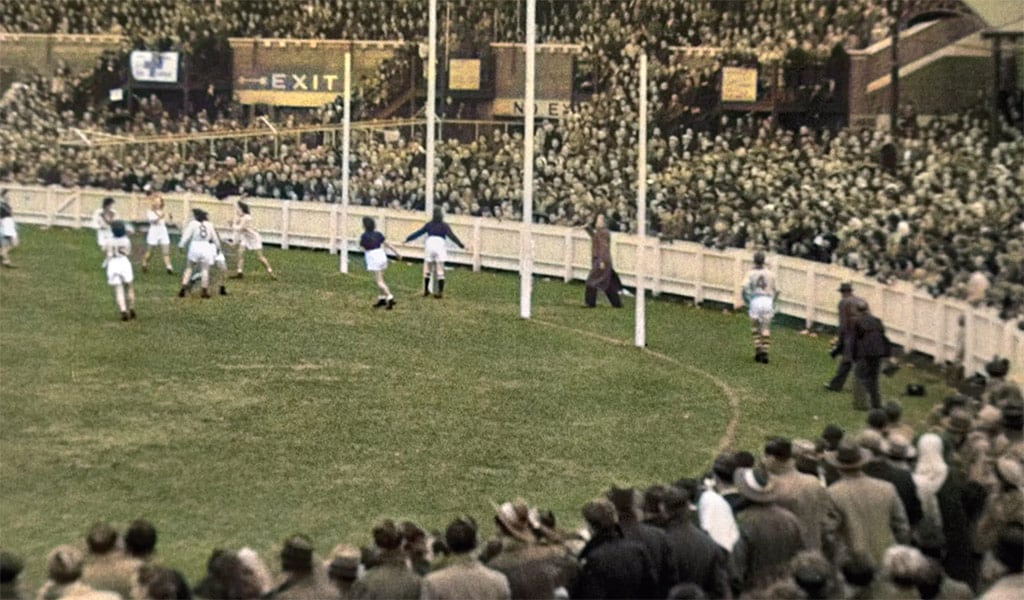
To that stage, women's football had been played only sporadically around the country over the previous 30 years, and usually only for charity, such were the prevailing community attitudes. So prospective female footballers jumped at this rare opportunity to play on a League ground.
The Swans were inundated with phone calls and letters from hundreds of women, comprising "long girls, short girls, fat girls, thin girls and every possible combination", the South Melbourne Record newspaper noted.
It was deemed noteworthy that some applicants were married women, including a "Mrs C. Curtin", the wife of St Kilda player Jack Curtin (who made his only two League appearances in the fortnight preceding the Lake Oval fundraiser).
Many of the women owned their own football boots and often competed against men. A standout in this category was 15-year-old schoolgirl Gladys Phillips, who was nominated by the men's social team she played with. It was claimed she used her "shoulders and hips like a man", could "go through a pack like Jack Dyer" and could roost a football 35 metres. A talented sporting all-rounder, Phillips would later represent Australia in both cricket and softball.
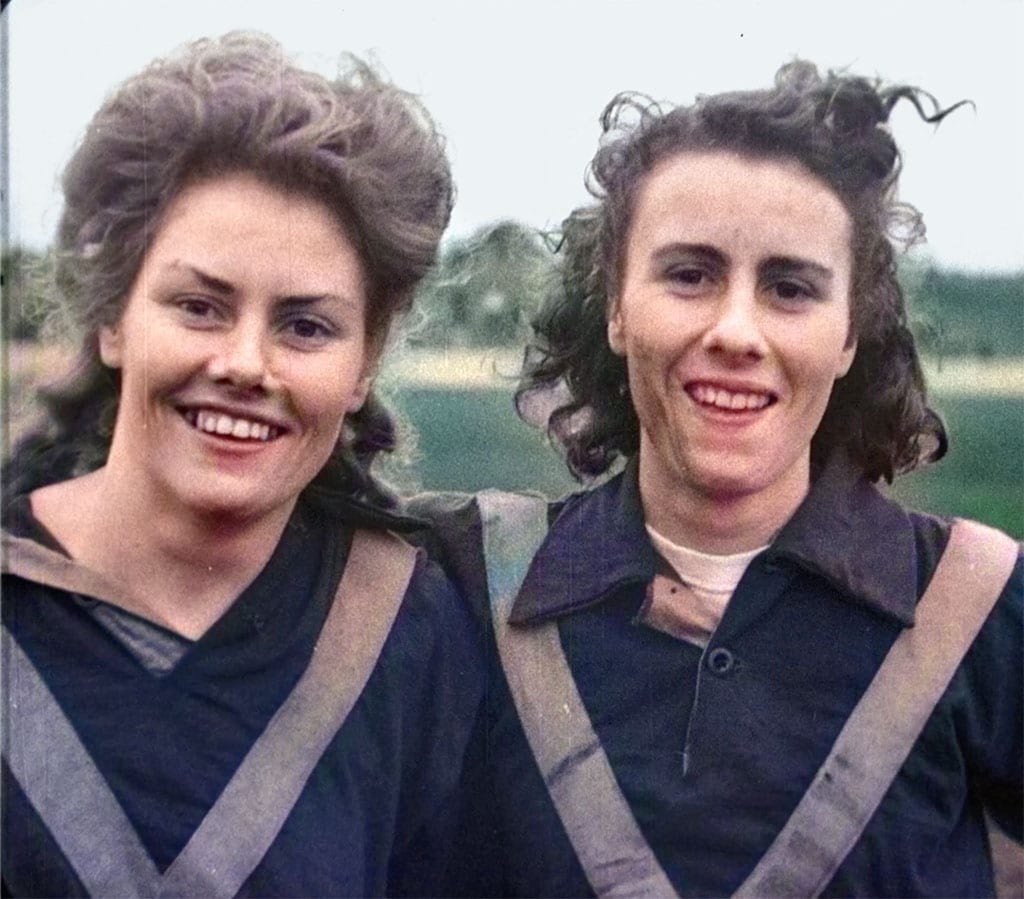
South Melbourne official Frank Hay told The Herald: "I had enough (applicants) to start a women's competition."
Now there's an idea – and it should have only been reinforced by what followed.
With so many female players offering their services, the Swans discarded their initial plan to stage a single game – instead, they would host a lightning premiership.
To gain maximum exposure, South Melbourne scheduled the event for a Sunday – July 6, 1947 – and enlisted three other clubs – St Kilda, Carlton and Footscray – each of which, along with the Swans, would be represented by a women's team.
In a sign of the less enlightened times, The Argus ran the headline WHAT WOULD GRANDMA SAY? "FOOTY" GIRLS IN ACTION, under which it suggested "girls (would) invade men's sport". (An accompanying photograph showed Footscray player Mary Livingstone having a kick. AFLW boss Nicole Livingstone is unaware of a family link.)
Meanwhile, the local South Melbourne Record, in its preview of the occasion, asked readers: IS FOOTBALL A "SISSY" GAME, AFTER ALL?
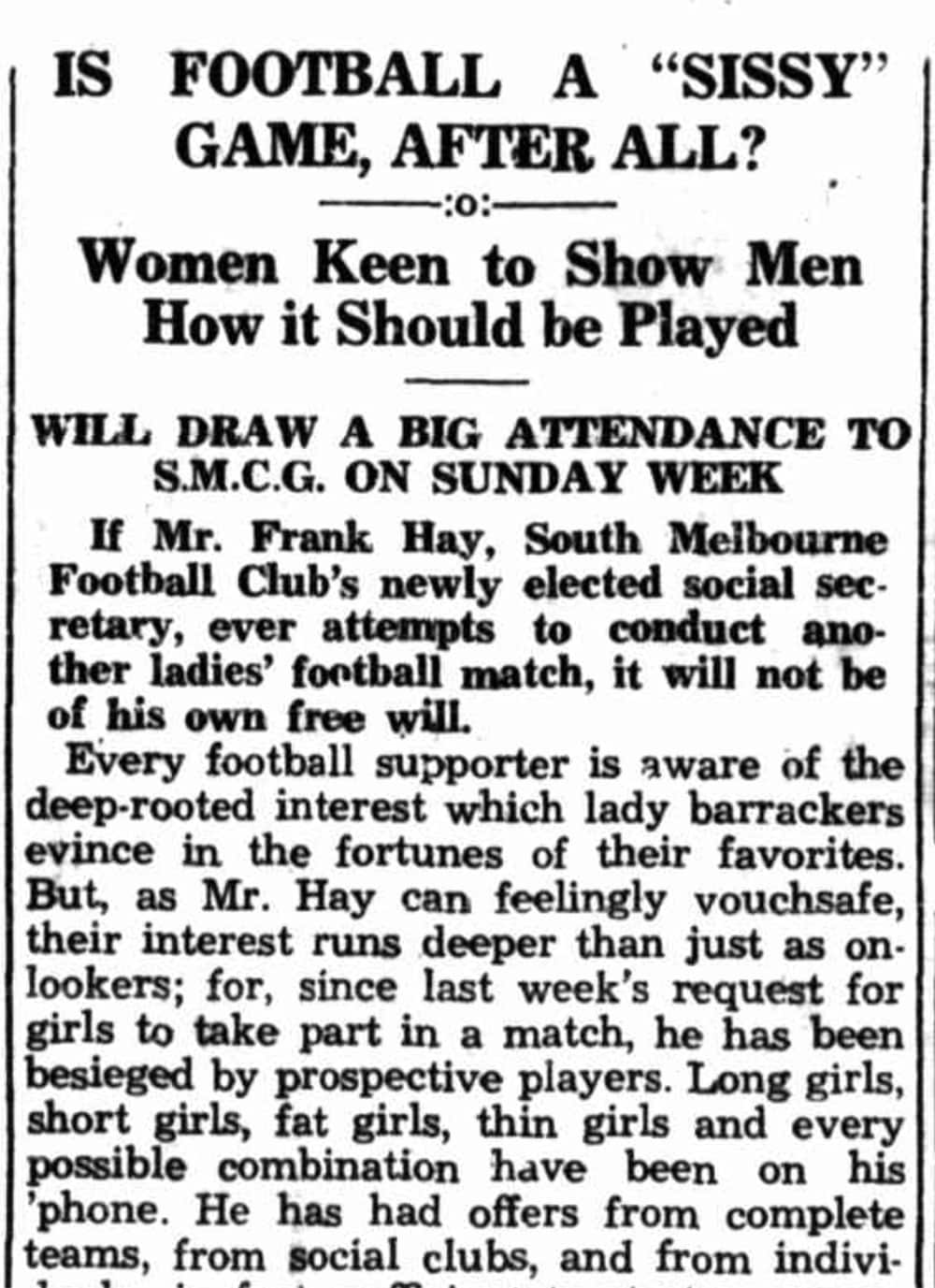
This view wasn't shared by Bill 'Bull' Adams, the coach of the Swans' men's team, who was so impressed by the South girls' training form that he joked he'd recruit some of them for the League team. Adams would umpire on the day.
The organisers were also overwhelmed by the community response to the event, which attracted a "tremendous" estimated crowd of 25,000. Only one men's game drew more spectators that season and that was a bitter showdown between 1945 'Bloodbath' Grand Final adversaries South Melbourne and Carlton.
And the crowd was treated to "an excellent day's entertainment".
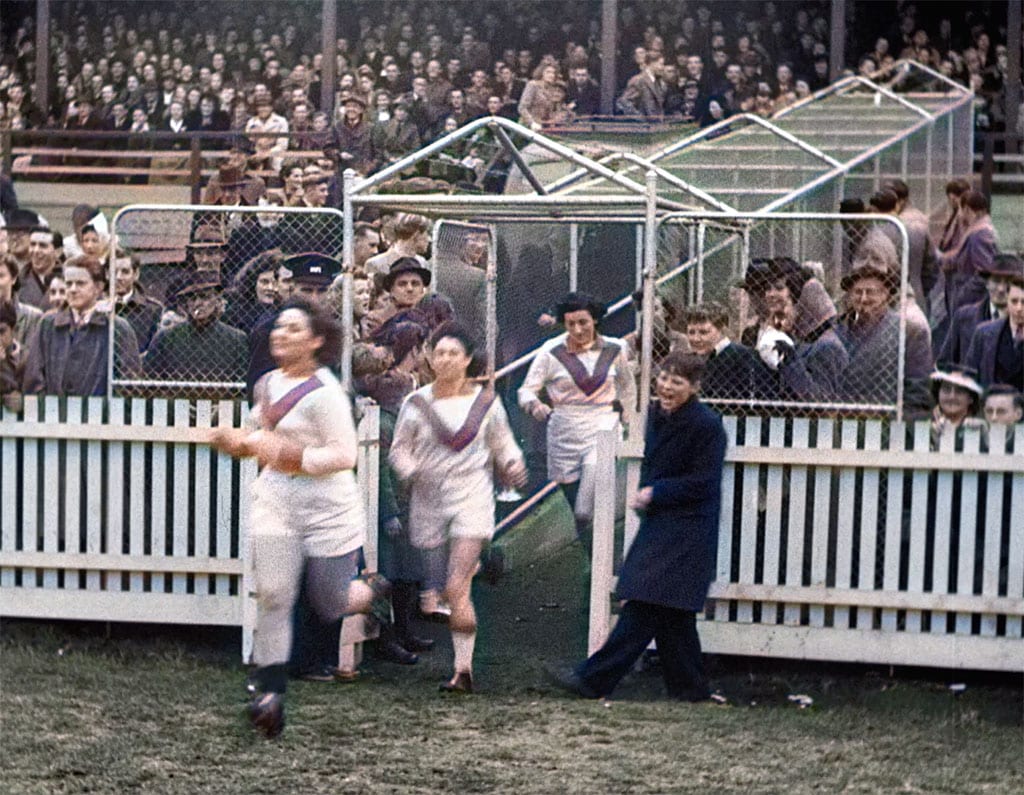
Football was the main event but it certainly wasn't the only attraction, with the program featuring marching bands, sprint and middle-distance races for League players, a professional 5 1/2 mile (8.85km) race, a novelty race for radio announcers, a long-distance kicking competition and a challenge for League players to kick a football into a baby's bathtub from 45 metres (perhaps due to heavy conditions, the closest anyone came to the bub's tub was 1.5 metres).
Among the participants were drawcards such as Essendon's superstar pair Dick Reynolds and Bill Hutchison, along with Melbourne spearhead Fred Fanning, who just eight weeks later would kick the still-standing League record of 18 goals.
As for the women's footy, the Swans gained bragging rights over their "lakeside rivals" St Kilda in the first game with a 7.4 (46) to 1.1 (7) victory, which might have led some to suspect the home team had saved the cream of the playing talent for itself.
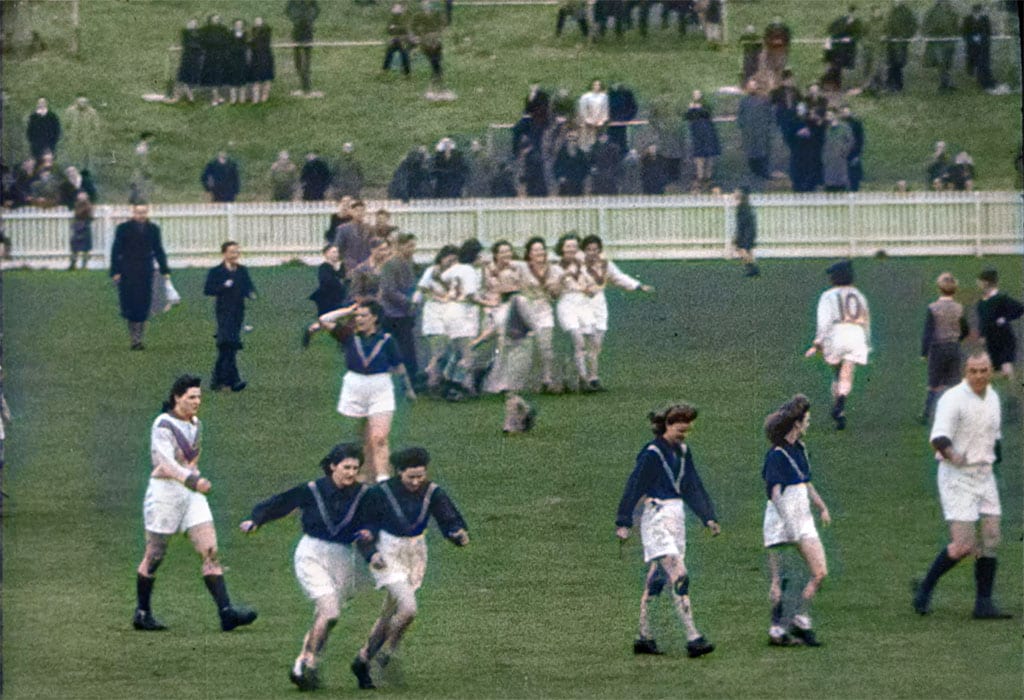
Footscray also won easily against Carlton – 2.6 (18) to nil – to advance to the final against South Melbourne.
The play-off, which the papers said was played at a surprisingly high standard given the limited preparation, ended in a draw at 2.4 (16) apiece.
As is evident in footage remastered and colourised by Samsung, the skills and decision-making were a little shoddy – at times players kicked the wrong way and at others they failed to make contact with the ball at all, to the amusement of the crowd – but the players were enthusiastic and willing. So willing, in fact, that five players hit the deck after a collision.
At the final siren, "thousands of cheering, shouting and laughing spectators held up the programme when they swarmed into the arena in a wild rush to congratulate the women".
All in attendance deserved congratulations given they added to the Food For Britain appeal coffers by £650, which in today's money is about $45,000. No wonder it was trumpeted as a "splendid return".


